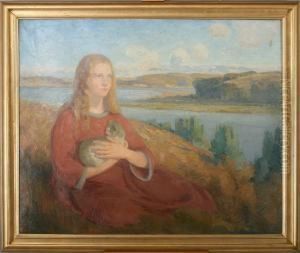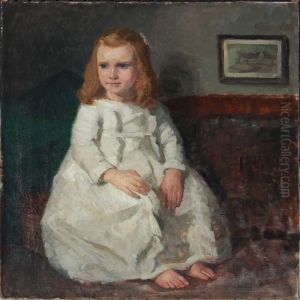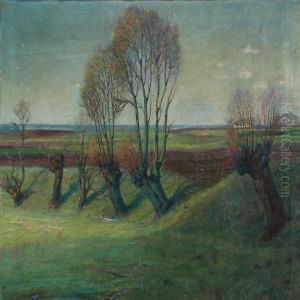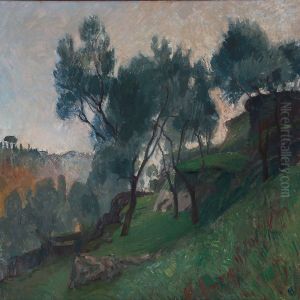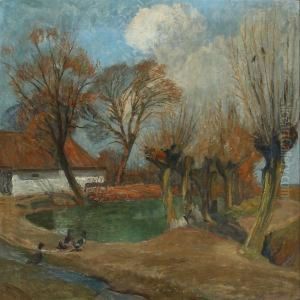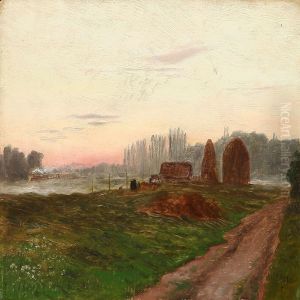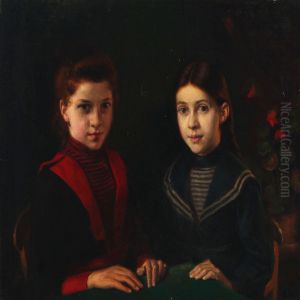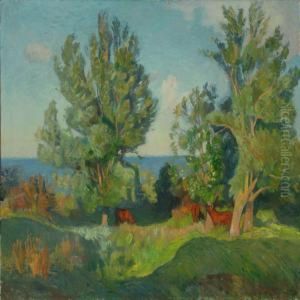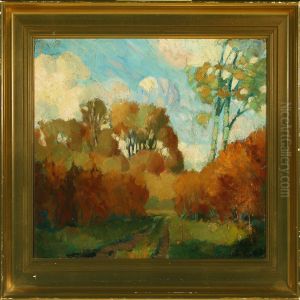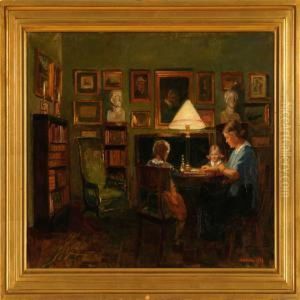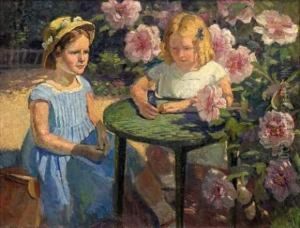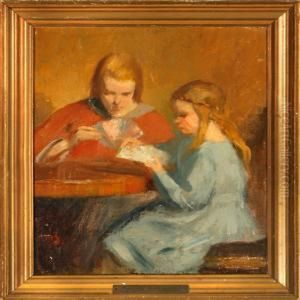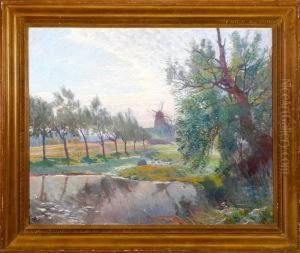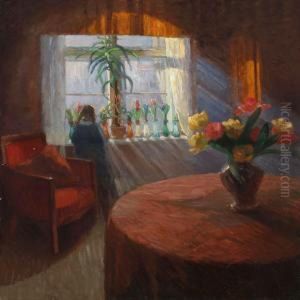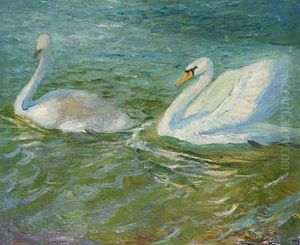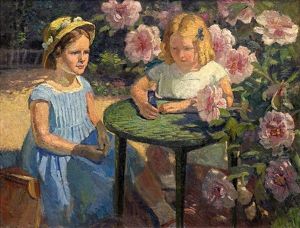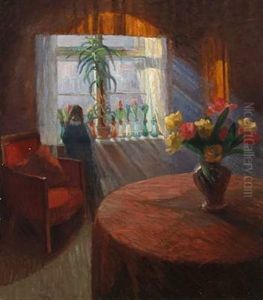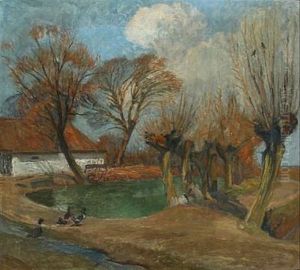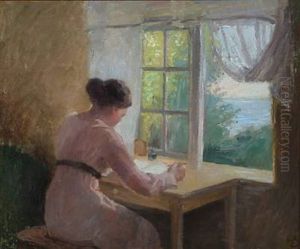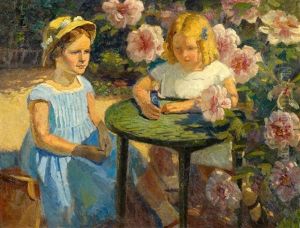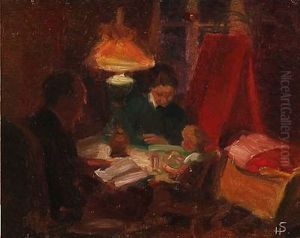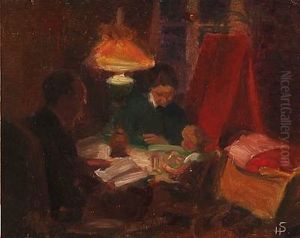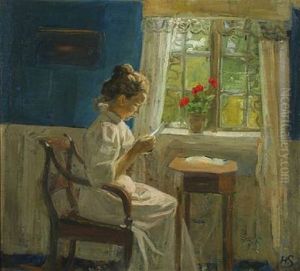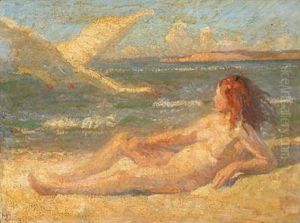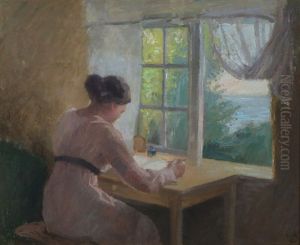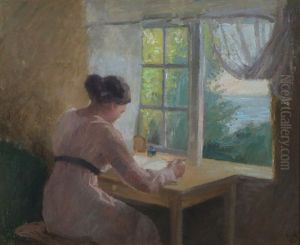Henrik Schouboe Paintings
Henrik Schouboe was a Danish artist known for his contributions to painting and illustration, born in 1856 and passing away in 1937. His work is often associated with the movements and styles prevalent in the late 19th and early 20th centuries, reflecting the transition from traditional to more modern artistic expressions. Schouboe's education and early career were marked by traditional artistic training, which was common for the period, allowing him to develop a solid foundation in the techniques and theories of art prevalent at the time.
Throughout his career, Schouboe was involved in various artistic circles and movements, contributing to the vibrant cultural and artistic scene in Denmark and beyond. His work encompassed a range of subjects, including landscapes, portraits, and genre scenes, displaying his versatility and skill across different types of painting. Schouboe's style evolved over the years, showing influences from both Danish and international art movements, and his ability to adapt and innovate helped to establish his reputation as a significant figure in the art world of his time.
In addition to his painting, Schouboe was also noted for his illustrations, which appeared in books, magazines, and other publications. These works further demonstrate his skill and creativity, capturing the essence of the subjects with clarity and sensitivity. Schouboe's illustrations contributed to the popularization of visual storytelling in Denmark, making him a pivotal figure in the development of Danish illustration.
Despite his contributions to art and illustration, Henrik Schouboe remains a somewhat lesser-known figure outside of Denmark. However, his work is appreciated by art historians and collectors who recognize his talent and the quality of his contributions to the art world. Today, Schouboe's paintings and illustrations can be found in museums, galleries, and private collections, where they continue to be celebrated for their beauty and artistic merit. His legacy lives on as an example of the rich cultural and artistic heritage of Denmark, highlighting the importance of recognizing and preserving the works of artists who have shaped the visual landscape of their time.
